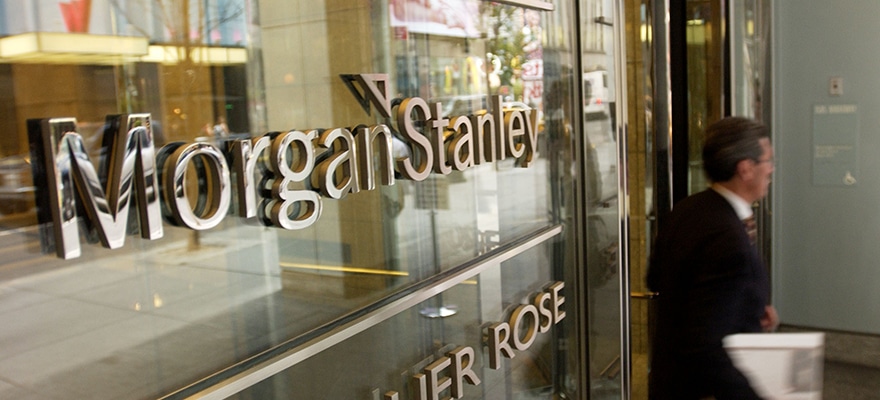It was revealed a few days ago that R3 has lost at least one of its founding members, Goldman Sachs, and had to cut the target for its first major funding round by $50 million. Following that, it is now confirmed that Morgan Stanley is the latest financial institution to drop out of the Blockchain consortium and we turned to an expert in the field to try and figure out what is going on behind the scenes.
GFT is a provider of business, design and technology consulting solutions to the investment banking community, which has approximately 4,000 employees working for nine out of ten of the world’s largest banks and hedge funds. GFT recently announced that it has been working with Google to drive real-world blockchain testing. The project, tested in collaboration with RBS, enables banks to simulate distributed ledger models within a globally distributed and scalable test environment. Given this expertise, we asked Nick Weisfeld, Data Practice Head and Blockchain Specialist, at GFT for his take on the matter.

Nick Weisfeld, Data Practice Head and Blockchain Specialist at capital markets consultancy, GFT
“Goldman Sachs, Santander and now Morgan Stanley’s drop out from the R3 consortium has led to a flurry of speculation about the future of the research group. Consortium aside, the crux of the issue is not to do with the interest in or potential of blockchain technology, but to do with the commercials of the business model. It’s not yet clear how this is going to work, other than that the banks are adamant that they are not going to create another commercial entity that can hold them over a barrel when it comes to operating fees. These departures show that there is a real question over the value being generated by R3, and an even bigger question over their ability to commercialize.”
Both Goldman and Santander are investors in Blythe Masters’ Digital Asset Holdings (DAH) – could it be that DAH is about to release a competitive platform to Corda, which R3 is set to release as open source at the end of November?
“Regardless, innovation never happens by committee. We’re starting to see real world applications of blockchain – we need to go through that phase first before we start agreeing to standards. Utility Settlement Coin and DAH may offer a quicker path to adoption, as they are focused on commercial success. We welcome the additional competition that this split will promote to R3's consortium model as this is beneficial for the industry in general.”

















